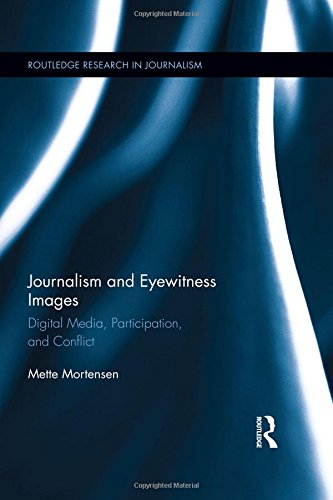

Most ebook files are in PDF format, so you can easily read them using various software such as Foxit Reader or directly on the Google Chrome browser.
Some ebook files are released by publishers in other formats such as .awz, .mobi, .epub, .fb2, etc. You may need to install specific software to read these formats on mobile/PC, such as Calibre.
Please read the tutorial at this link. https://ebooknice.com/page/post?id=faq
We offer FREE conversion to the popular formats you request; however, this may take some time. Therefore, right after payment, please email us, and we will try to provide the service as quickly as possible.
For some exceptional file formats or broken links (if any), please refrain from opening any disputes. Instead, email us first, and we will try to assist within a maximum of 6 hours.
EbookNice Team

Status:
Available4.6
31 reviewsBuilding on the vast research conducted on war and media since the 1970s, scholars are now studying the digital transformation of the production of news. Little scholarly attention has been paid, however, to non-professional, eyewitness visuals, even though this genre holds a still greater bearing on the way conflicts are fought, communicated, and covered by the news media. This volume examines the power of new technologies for creating and disseminating images in relation to conflicts. Mortensen presents a theoretical framework and uses case studies to investigate the impact of non-professional images with regard to essential issues in today’s media landscape: including new media technologies and democratic change, the political mobilization and censorship of images, the ethics of spectatorship, and the shifting role of the mainstream news media in the digital age.